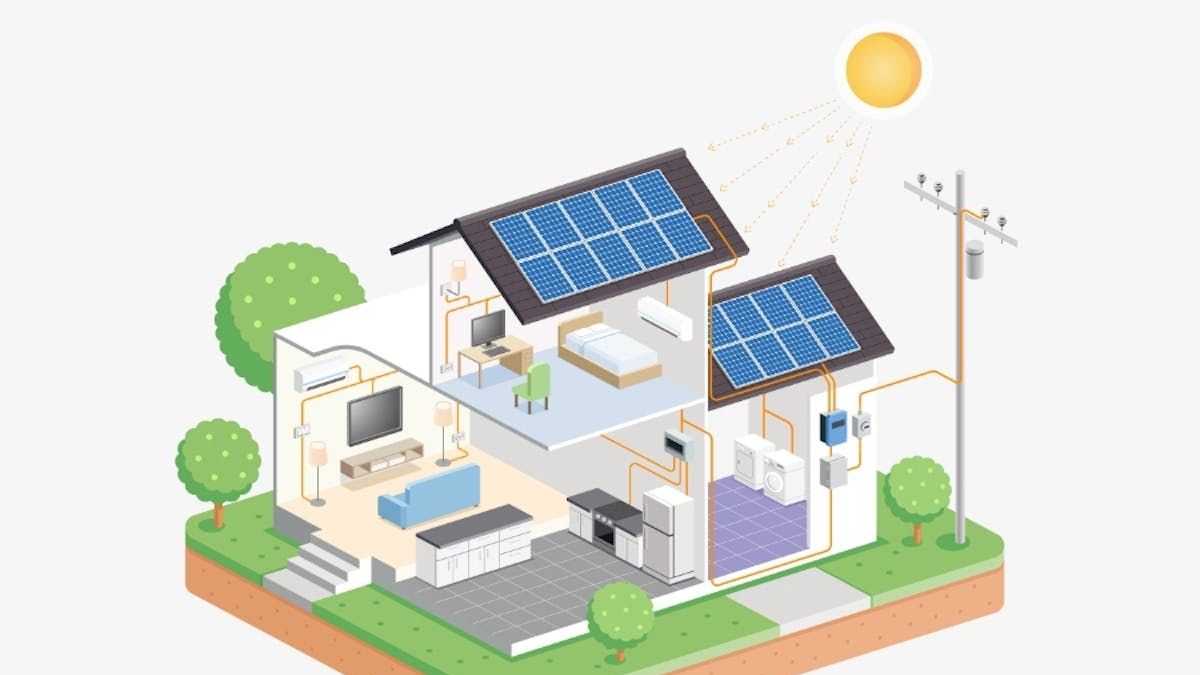The Power of Independence: Unlocking the Potential of Off-Grid Solar Power Systems – BNN Breaking
February 14, 2024 – Solar energy has emerged as a beacon of hope in our quest for sustainable and self-reliant living. Off-grid solar power systems, in particular, have gained significant traction for their ability to provide an uninterrupted power supply even during grid failures and emergencies. So, let’s embark on an enlightening journey into the world of off-grid solar power systems.
The Power Trio: Solar Panels, Batteries, and Inverters
The cornerstone of any off-grid solar power system lies in its primary components: solar panels, batteries, and inverters. Solar panels, available in various sizes and efficiencies, convert sunlight into direct current (DC) electricity. Choosing the right type and size of solar panels depends on factors such as regional sunlight availability, costs, and efficiency levels.
Did you know? Monocrystalline solar panels are the most efficient, whereas polycrystalline panels offer a balance between cost and efficiency.
Batteries play a crucial role in storing the generated solar power for later use. Lead-acid batteries, despite their lower cost and proven track record, have lower depth-of-discharge capabilities compared to lithium-ion and saltwater batteries. The latter options, although pricier, offer longer cycle life and higher energy density.
Lastly, inverters convert the stored DC electricity back into alternating current (AC) electricity, making it compatible with most household appliances. Pure sine wave inverters are recommended for their ability to power a wide range of devices without causing damage.
The Rising Sun: Benefits and Drawbacks of Off-Grid Solar Power
Off-grid solar power systems offer numerous benefits, such as energy independence, lower electricity bills, and reduced carbon footprint. Moreover, their self-sufficient nature ensures a seamless power supply even during grid failures and emergencies.
However, off-grid solar power systems also come with their share of challenges. Higher upfront costs, maintenance requirements, and the need for adequate storage capacity are some factors to consider when deciding between off-grid and on-grid systems.
One popular off-grid solar solution is the portable solar panel kit offered by Zamp Solar, which generates 180 watts at 10 amps and includes a 5-stage charge controller to protect a 12-volt battery. The kit’s weather-resistant design makes it an ideal choice for RV enthusiasts, as evident from customer testimonials praising its effectiveness and convenience.
The Verdict: On-Grid vs. Off-Grid Solar Power Systems
When considering solar power systems, it’s essential to weigh the pros and cons of both on-grid and off-grid options. While on-grid systems boast seamless integration with the power grid and cost-effectiveness, off-grid systems offer unparalleled energy independence and reliability during emergencies.
Ultimately, the choice between on-grid and off-grid solar power systems depends on individual needs, preferences, and circumstances. By understanding the key components and considering the benefits and drawbacks of each, you can make an informed decision that aligns with your sustainable living goals.
As we continue to harness the power of the sun, off-grid solar power systems are proving to be a vital piece of the sustainable energy puzzle. By embracing this technology, we’re not only investing in a greener future but also empowering ourselves with energy independence and resilience.


